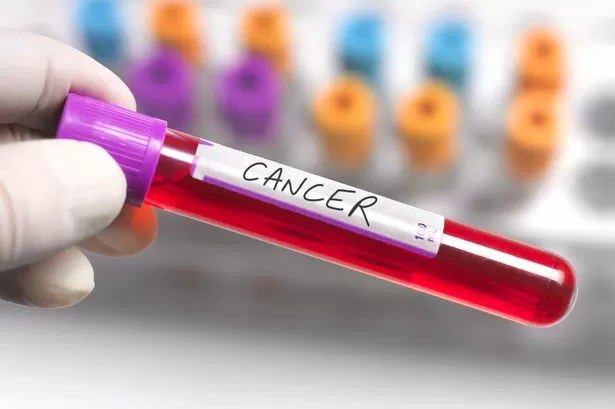CAR-T Therapy: Revolutionizing Cancer Treatment with a Patient’s Own Cells
Cancer, a disease that affects millions of people globally, has long been a challenge for medical researchers and scientists. Despite advancements in medicine, most traditional treatments such as chemotherapy and radiation therapy have significant side effects and can be ineffective in some cases. However, a breakthrough in cancer treatment is on the horizon, and it is called CAR-T therapy. This revolutionary treatment uses a patient’s own cells to fight against cancer, offering new hope to those battling this deadly disease.
CAR-T therapy, also known as chimeric antigen receptor T-cell therapy, is a personalized form of immunotherapy that harnesses the power of a patient’s immune system to attack cancer cells. It works by collecting a patient’s T-cells, a type of immune cell, and genetically modifying them to produce chimeric antigen receptors (CARs). These CARs act as a guide, allowing the T-cells to identify and destroy cancer cells in the body.
The process of CAR-T therapy starts with the extraction of T-cells from a patient’s blood. These cells are then sent to a laboratory where they are genetically modified to produce CARs. This involves inserting a small piece of DNA into the T-cells, giving them the ability to recognize and bind to specific proteins found on cancer cells. Once the T-cells have been modified, they are grown in large numbers before being reinfused into the patient’s body.
One of the most significant advantages of CAR-T therapy is that it is highly individualized and tailored to each patient’s unique cancer type. This personalized approach allows for better treatment outcomes and reduced side effects compared to traditional treatments. Moreover, CAR-T therapy has shown remarkable success in treating certain types of cancer, including blood cancers such as leukemia and lymphoma.
In 2017, the US Food and Drug Administration (FDA) approved the first CAR-T therapy for the treatment of children and young adults with acute lymphoblastic leukemia (ALL) that has relapsed or is resistant to other treatments. This groundbreaking therapy had an astonishing 80% success rate in clinical trials, with many patients going into remission. Since then, CAR-T therapy has received FDA approval for the treatment of other cancers, including non-Hodgkin lymphoma and multiple myeloma.
One of the most notable success stories of CAR-T therapy is the case of Emily Whitehead, who was diagnosed with ALL at the age of five. Despite undergoing chemotherapy, radiation therapy, and a bone marrow transplant, her cancer kept coming back. In 2012, Emily’s parents decided to enroll her in a clinical trial for CAR-T therapy. After receiving the treatment, Emily went into complete remission, and she remains cancer-free to this day. Her story is just one of many that showcases the potential of CAR-T therapy and the life-changing impact it can have on patients.
Aside from its remarkable success rate, CAR-T therapy also offers hope for patients who have exhausted all other treatment options. For those with late-stage or aggressive cancers, CAR-T therapy can be a last resort and a chance at survival. It has also shown potential in treating solid tumors, which account for the majority of cancer cases. While there is still ongoing research and clinical trials for this application of CAR-T therapy, the potential for its use in solid tumors is promising.
Another significant advantage of CAR-T therapy is its long-term effects. Unlike traditional treatments, which can damage healthy cells and cause long-lasting side effects, CAR-T therapy uses a patient’s own cells, reducing the risk of complications. Studies have shown that CAR-T therapy can provide long-term remission for patients, with some remaining cancer-free for years after treatment.
While CAR-T therapy holds enormous potential, it is not without its challenges. The high cost of treatment, which can reach hundreds of thousands of dollars, has been a significant barrier for many patients. However, with increasing research and development, the hope is that the cost will decrease in the future, making it more accessible to those in need.
In conclusion, CAR-T therapy has revolutionized cancer treatment, offering a promising alternative to traditional therapies. Its personalized approach, high success rate, and potential long-term effects make it a game-changer in the fight against cancer. With ongoing research and development, CAR-T therapy has the potential to save countless lives and provide hope for those battling this deadly disease. As we continue to make strides towards a future without cancer










